
Effective Tips to Eliminate Flies from Your Home
Imagine hosting a fine dinner only to have uninvited guests — flies — buzzing around, ruining the ambiance and your guests’ experience. As you know, flies are more than just a nuisance; they can spread diseases and contaminate food.
If you’re struggling with these pesky intruders, this comprehensive guide offers practical and expert tips on effectively keeping your home fly-free. Let’s explore the tried-and-true methods to help you enjoy a cleaner and more comfortable living space.
1. Keep Your Home Clean
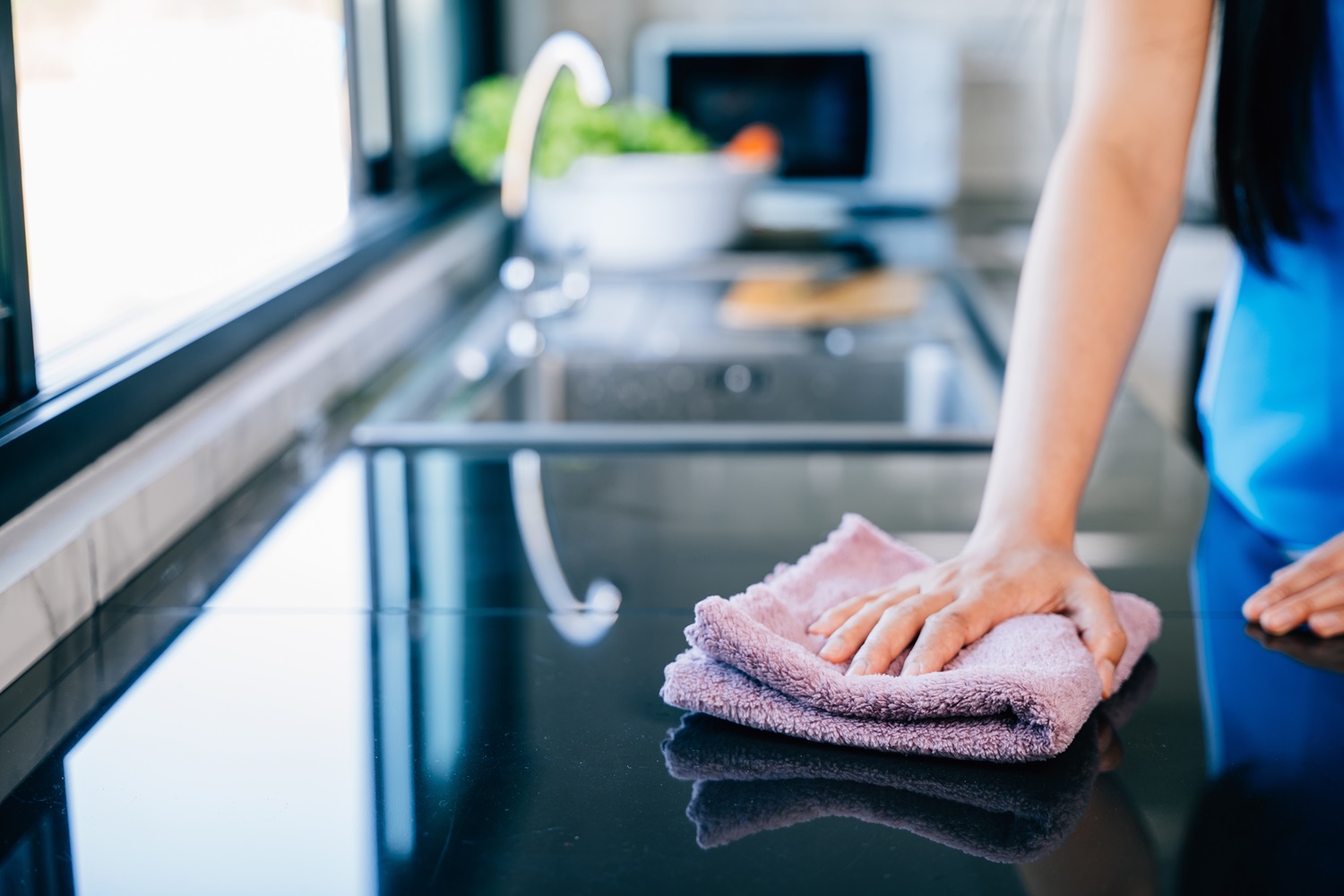
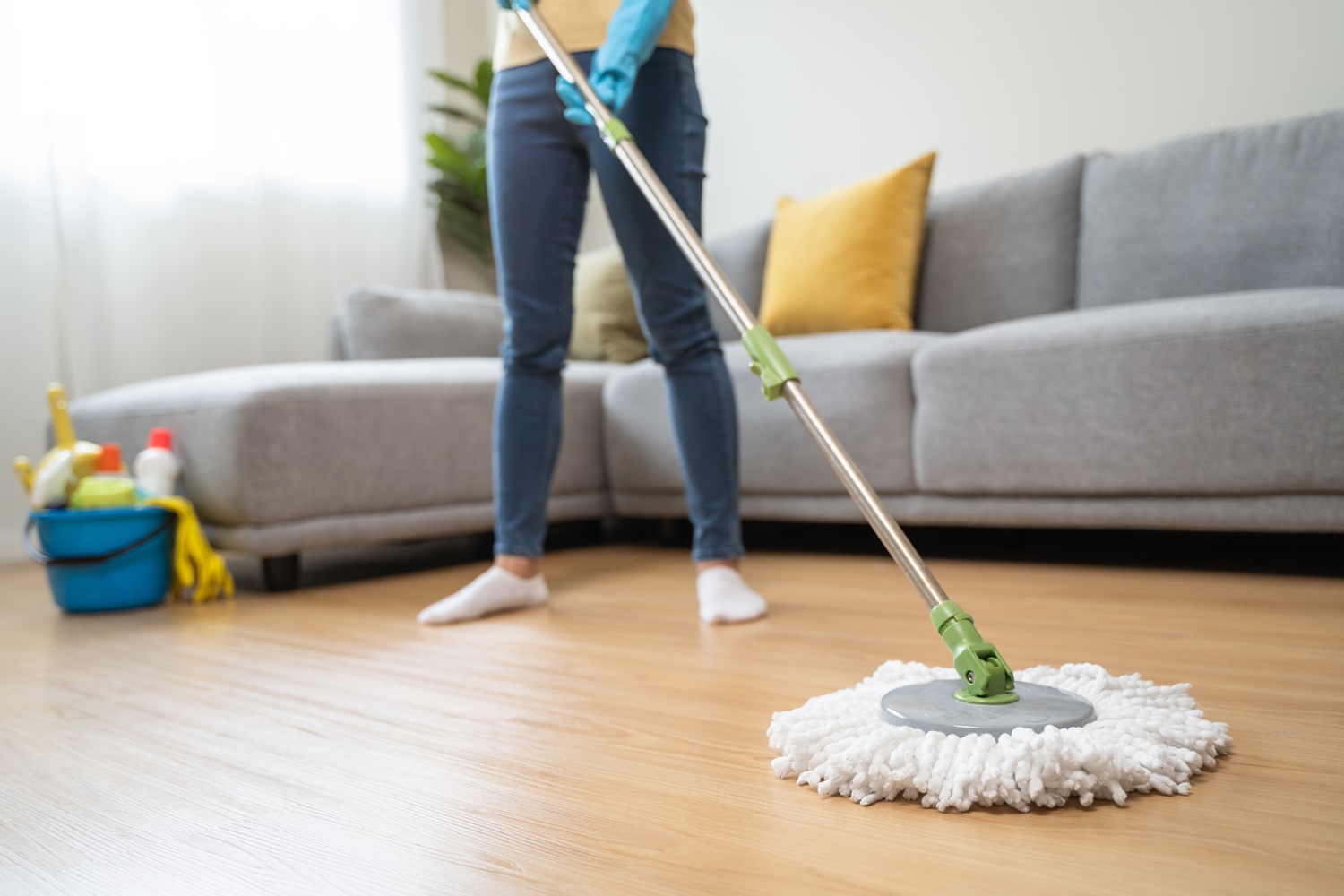
Maintaining cleanliness is crucial in preventing flies from infesting your home. Regularly wipe down surfaces, especially in the kitchen, where food particles can attract flies. Sweep and mop floors frequently to remove crumbs and spills, and pay special attention to pet areas.
2. Dispose of Waste Properly
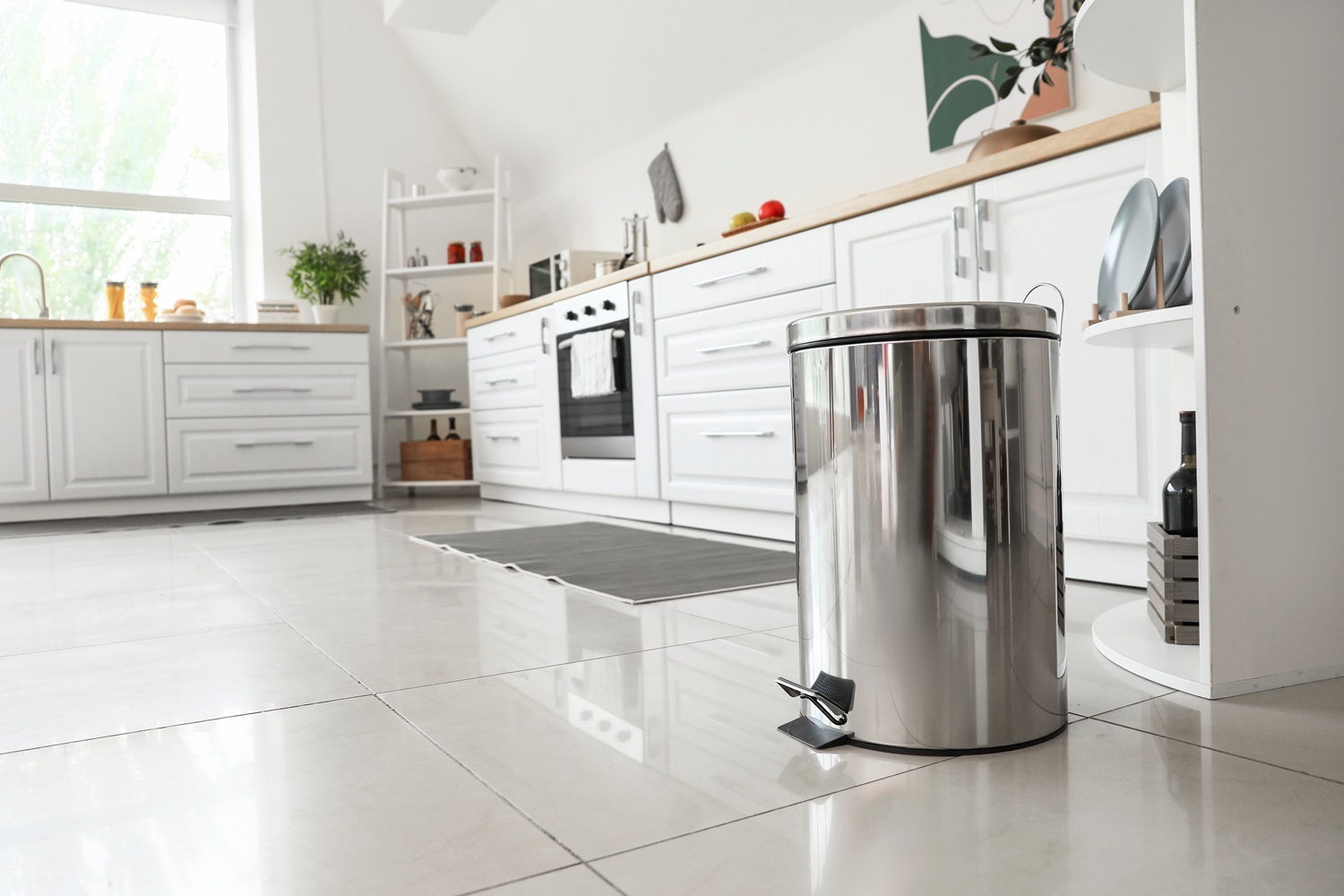
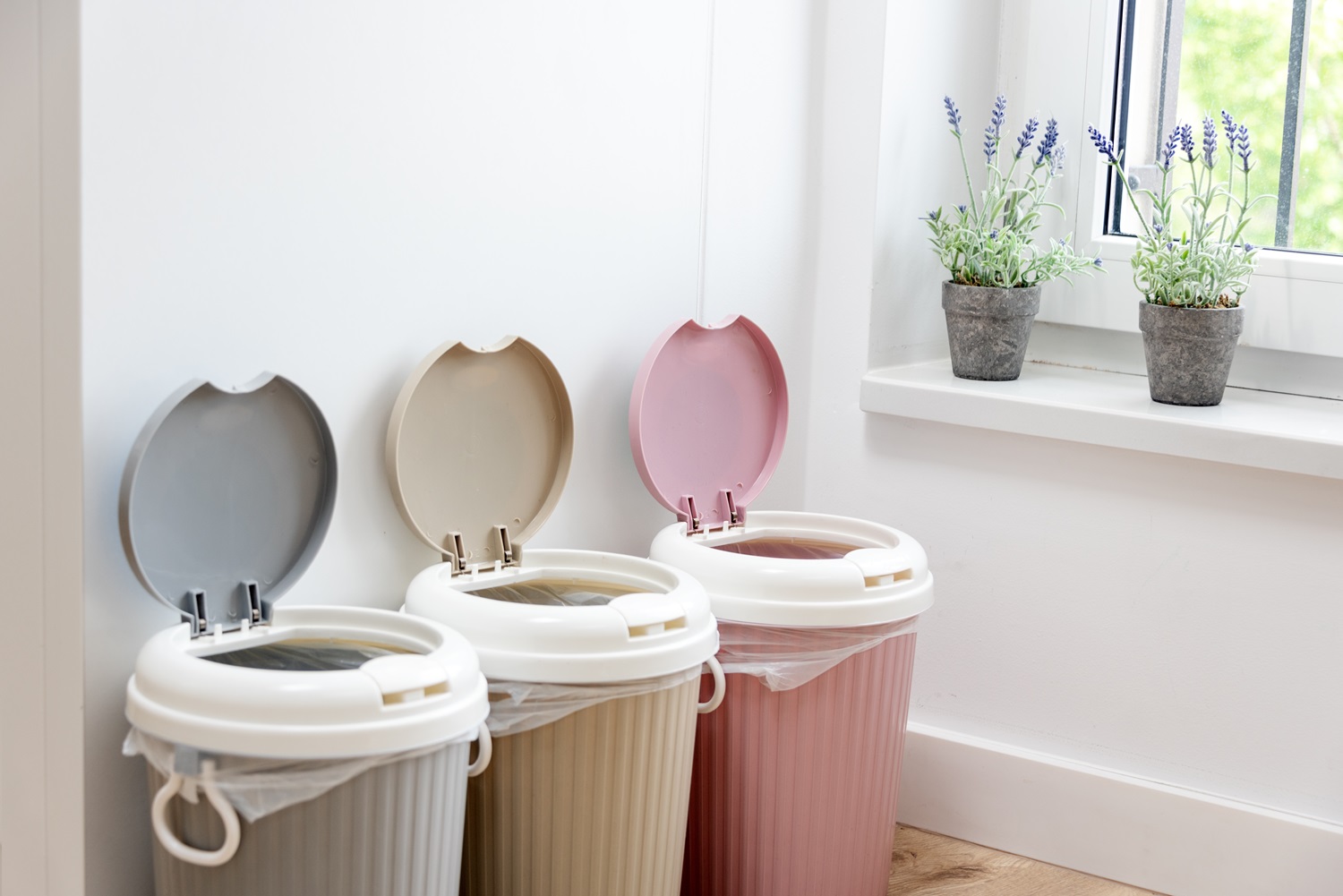
Use bins with tightly sealed lids to prevent flies from accessing the garbage. You should empty your trash bins regularly, especially if they contain food scraps. Compost bins should be covered and positioned away from your home to reduce the likelihood of attracting flies indoors.
3. Seal Entry Points
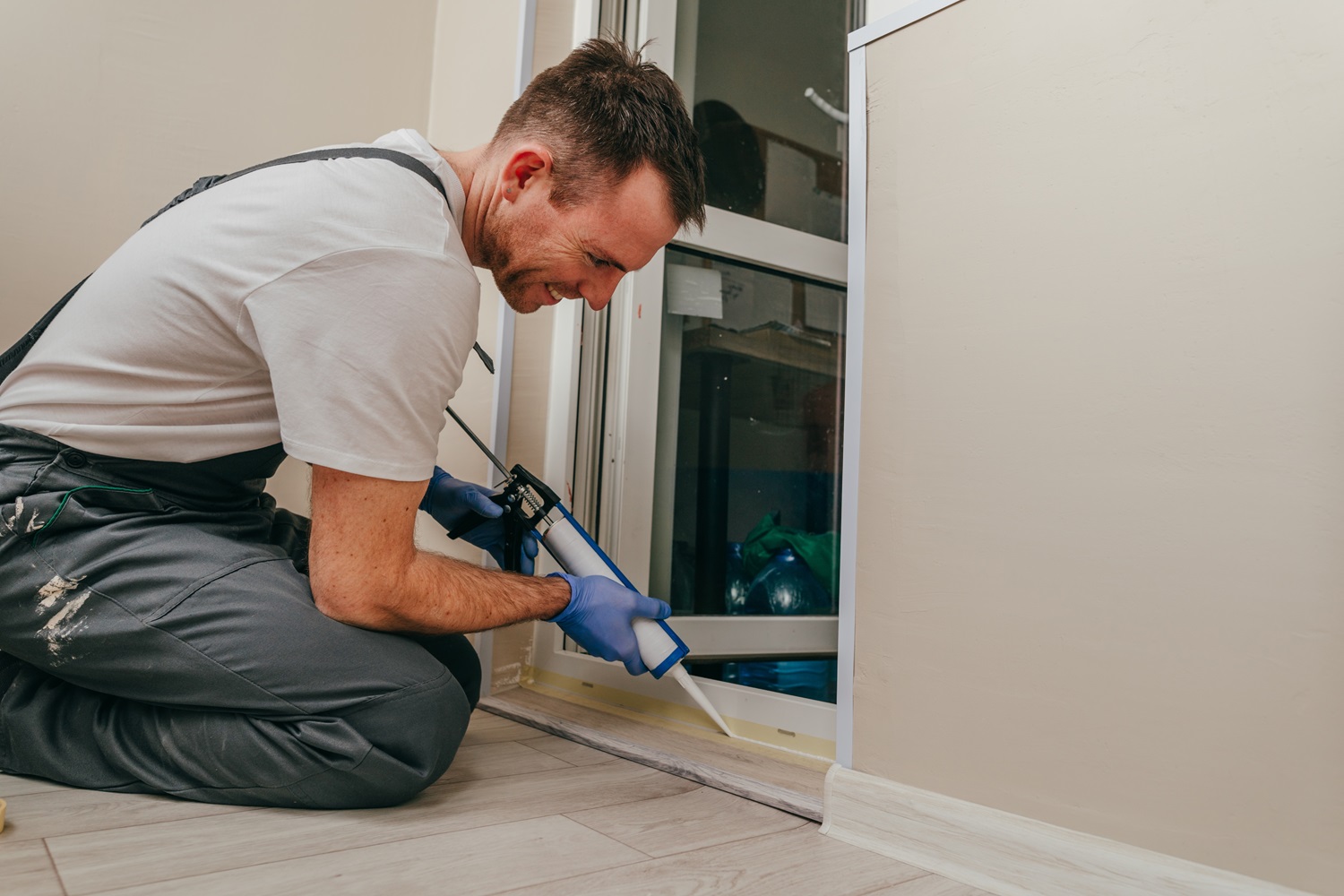
Inspect your home for gaps and cracks where flies might enter. Use caulk to seal cracks in walls and around windows. Ensure doors and windows close tightly, and install door sweeps to block gaps at the bottom.
4. Install Screens on Windows and Doors
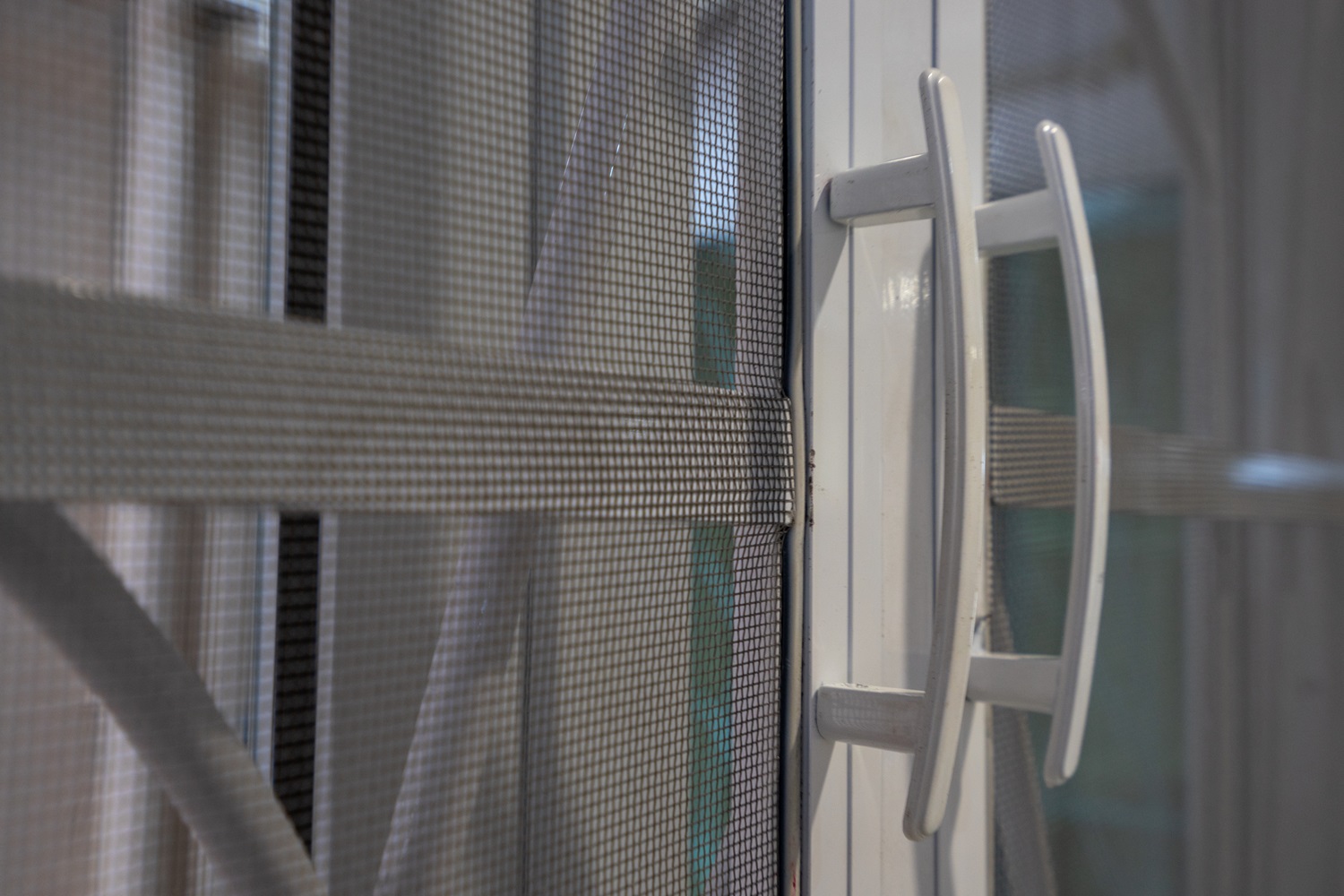
Fine mesh screens on windows and doors can prevent flies from entering your home while allowing fresh air to circulate. Regularly check and repair any holes or tears in the screens to maintain effectiveness.
5. Use Sticky Fly Traps
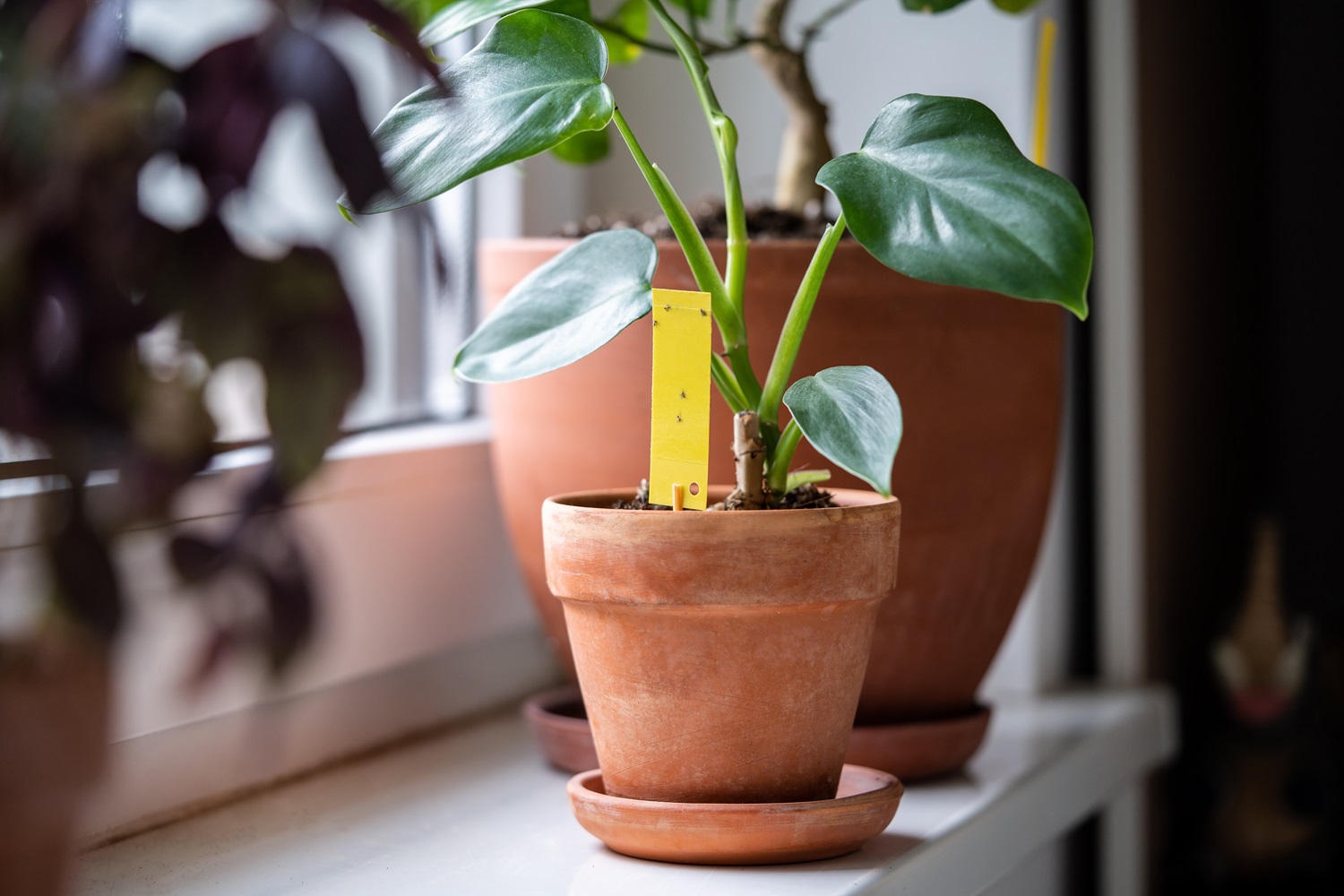
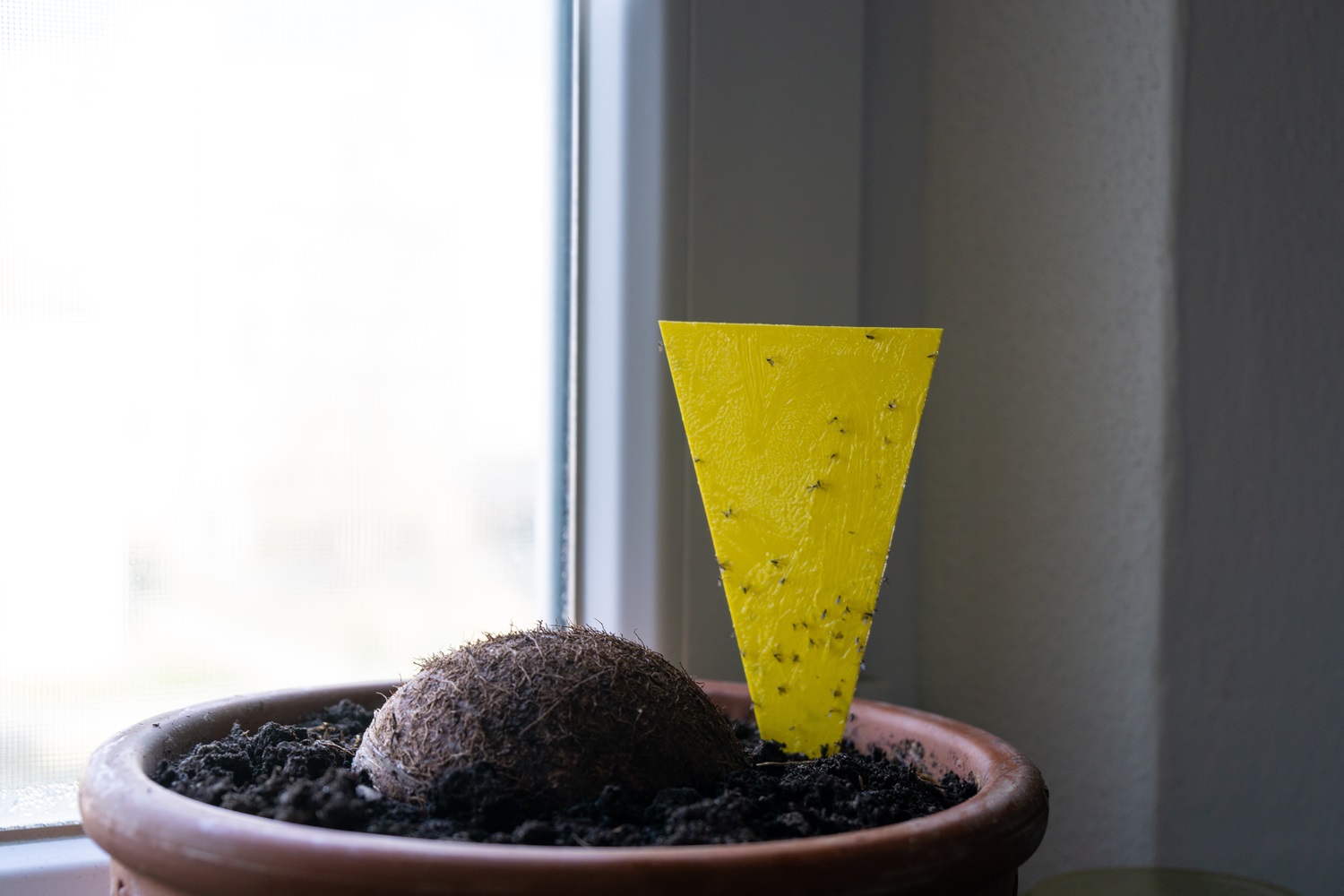
Sticky fly traps are an easy and effective way to catch flies. Place these traps where flies are commonly seen, such as near windows or doors. Replace the traps when they become full to maintain their efficiency.
6. Set Up Light Traps
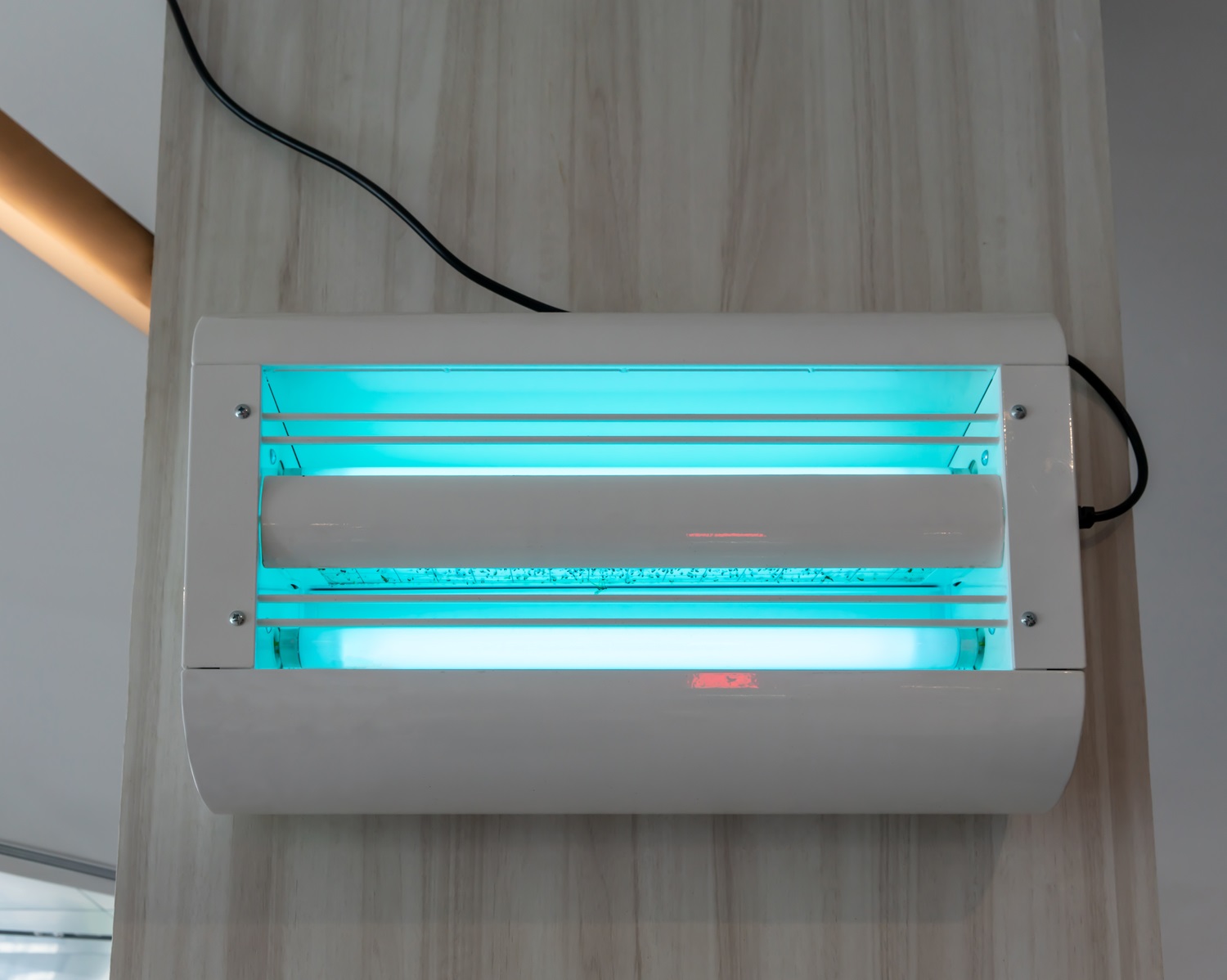
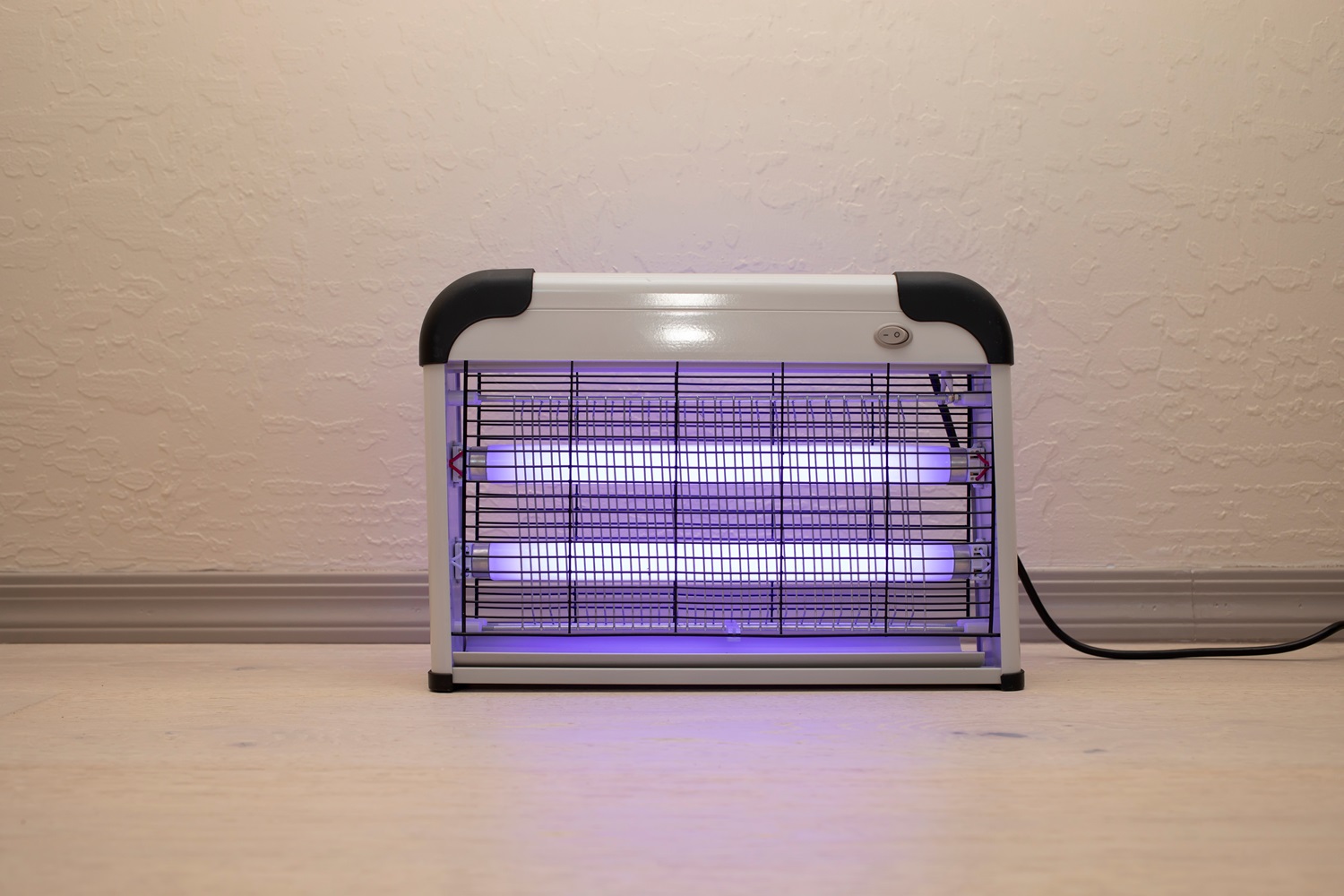
Light traps attract flies using ultraviolet light and then capture them on a sticky surface or electrocute them. Place these traps away from windows and other light sources for maximum effectiveness. Don’t forget to clean these traps regularly.
7. Create a Vinegar Trap
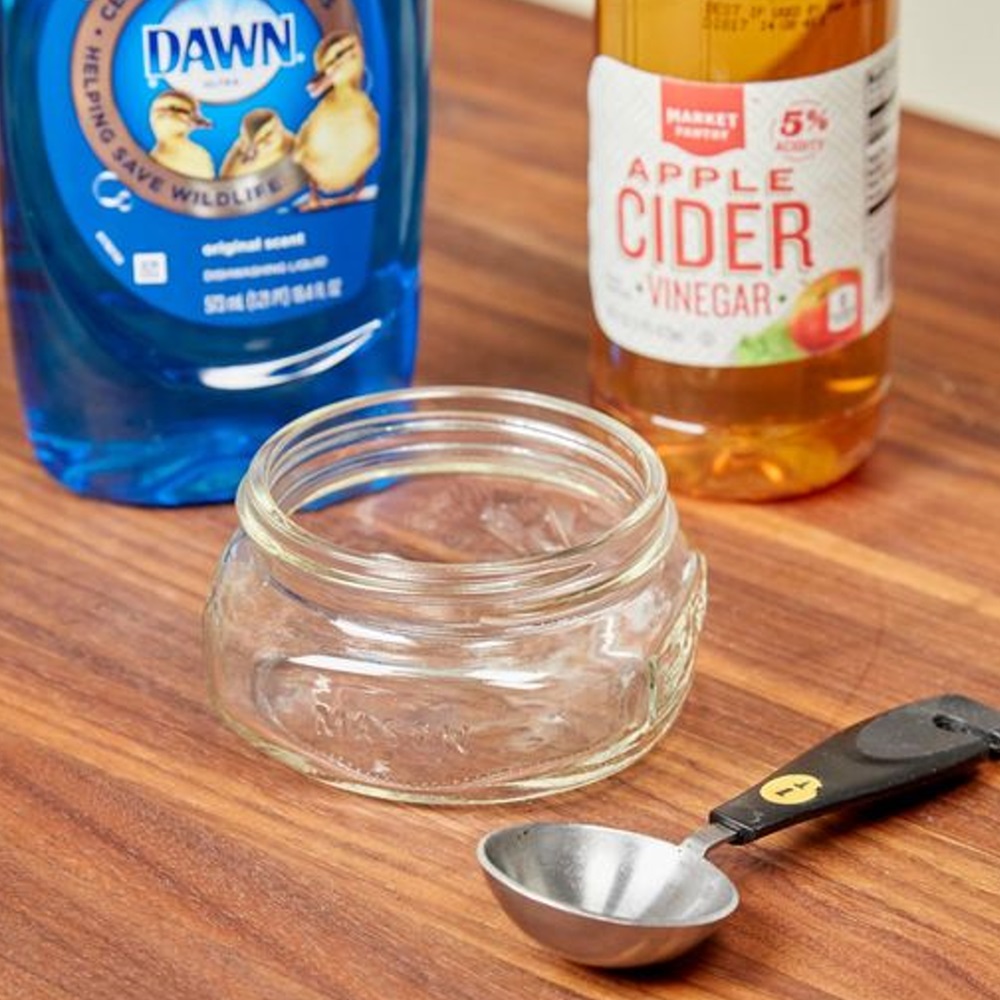
A vinegar trap is a simple and effective method to lure and kill flies. Fill a bowl with apple cider vinegar and add a few drops of dish soap. The vinegar attracts flies, and the soap breaks the surface tension, causing them to drown.
8. Make a Fruit Fly Trap
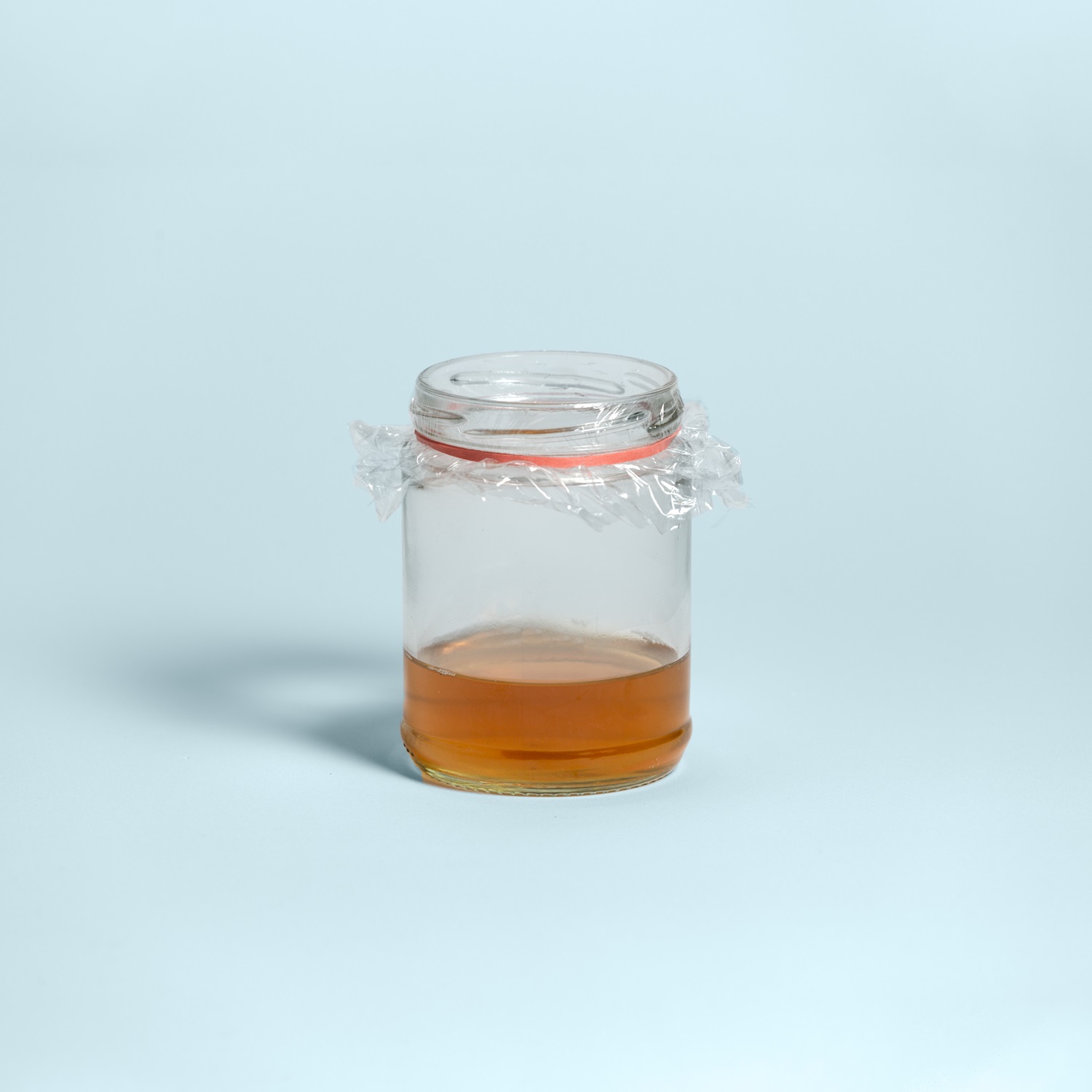
For fruit flies, create a trap by placing juice or a piece of overripe fruit in a jar and covering it with plastic wrap. Poke small holes in the plastic to allow flies to enter but not escape. Dispose of the trap when it is full and replace it as needed.
9. Use Essential Oils to Repel Flies
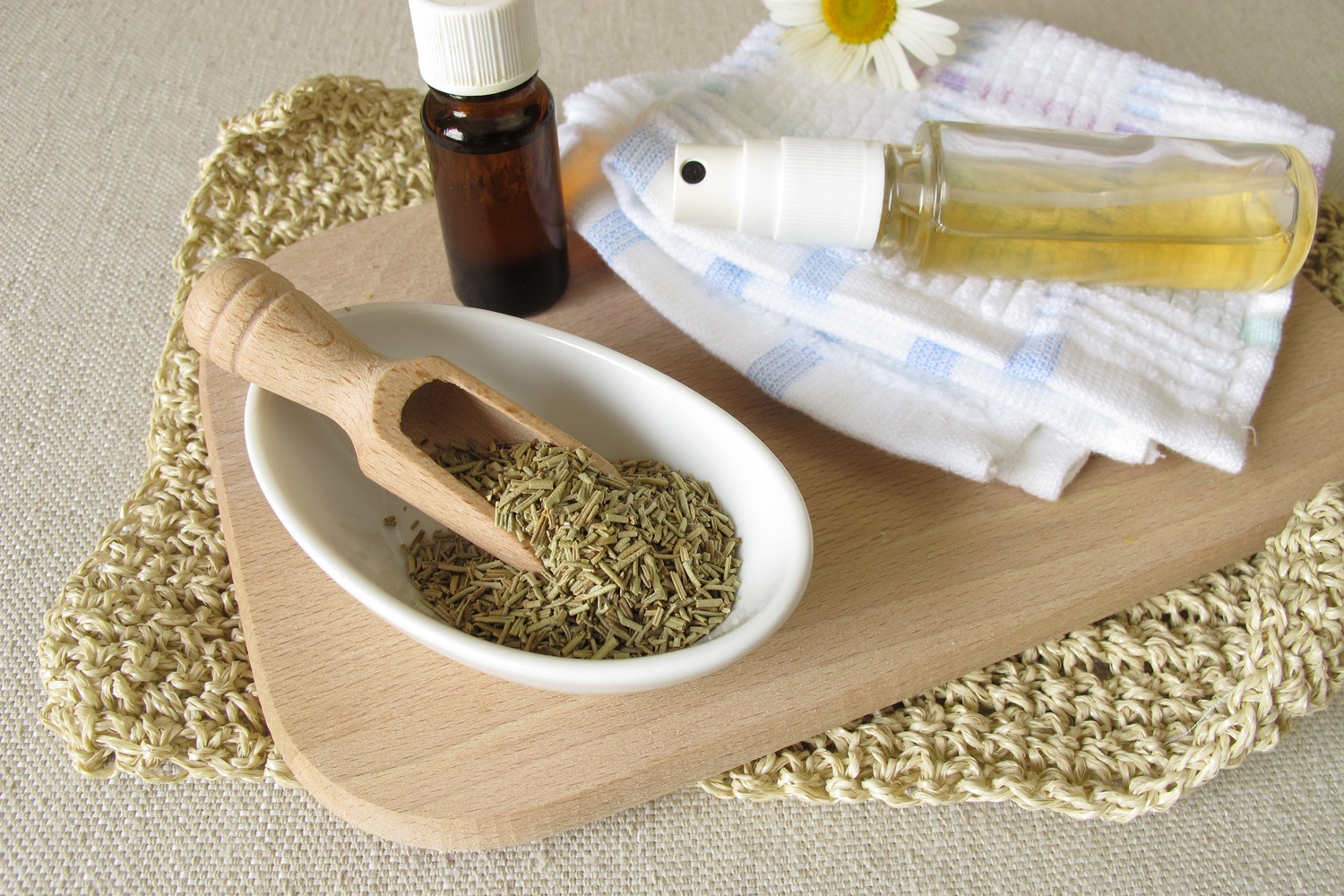
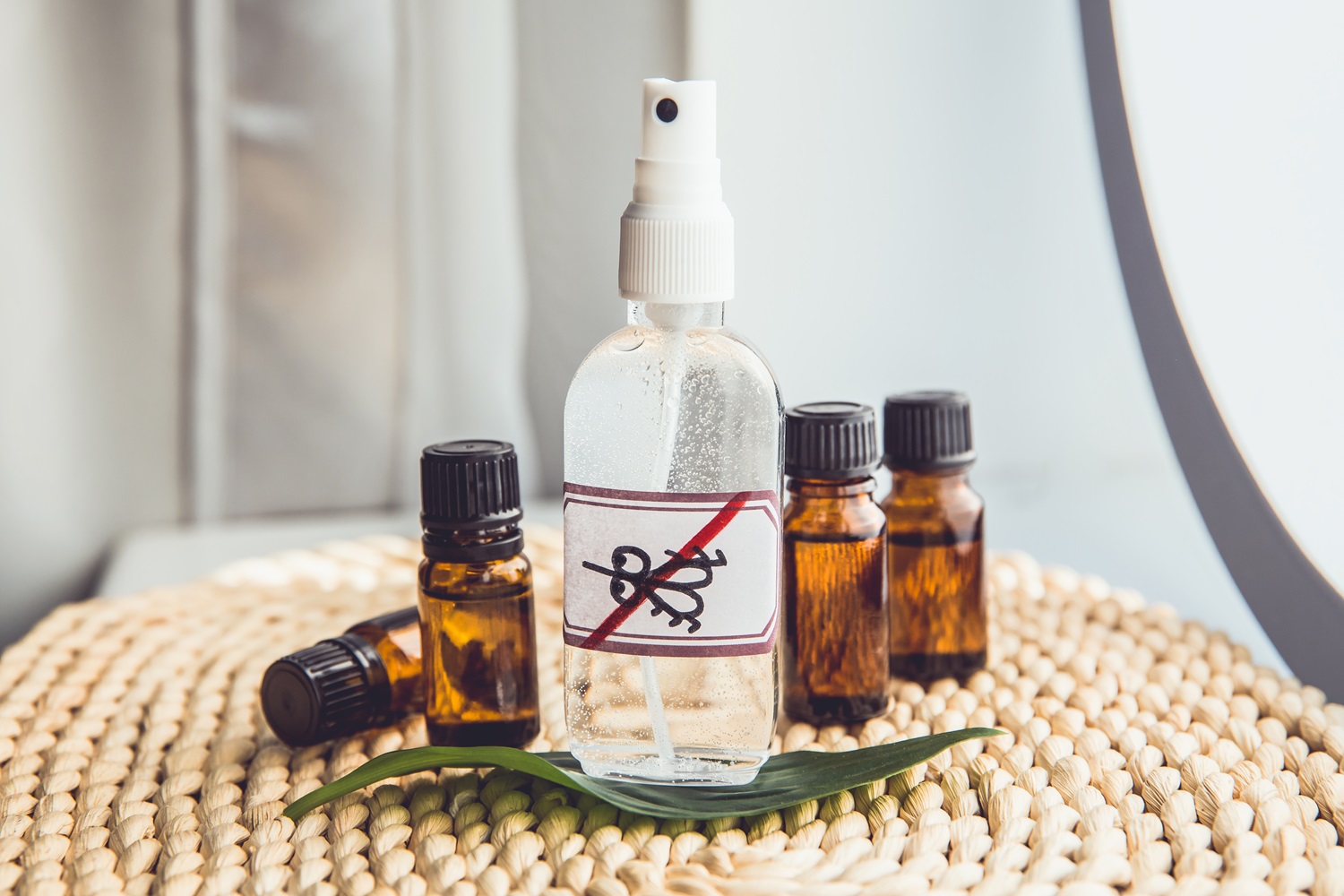
Essential oils like lavender, rosemary, lemongrass, eucalyptus, and peppermint can repel flies, and you can make your own spray repellent by mixing a few drops of essential oil with water and vinegar in a spray bottle. Spritz it around windows, doors, and other entry points, and the strong scent will deter flies (and other unwanted critters, such as mosquitoes) from entering your home. The alternative is a mixture of vodka and essential oils. If you don’t have any essential oils on hand, an equal-parts mix of water and apple cider vinegar will do the trick just fine.
10. Grow Herbs and Plants That Repel Flies
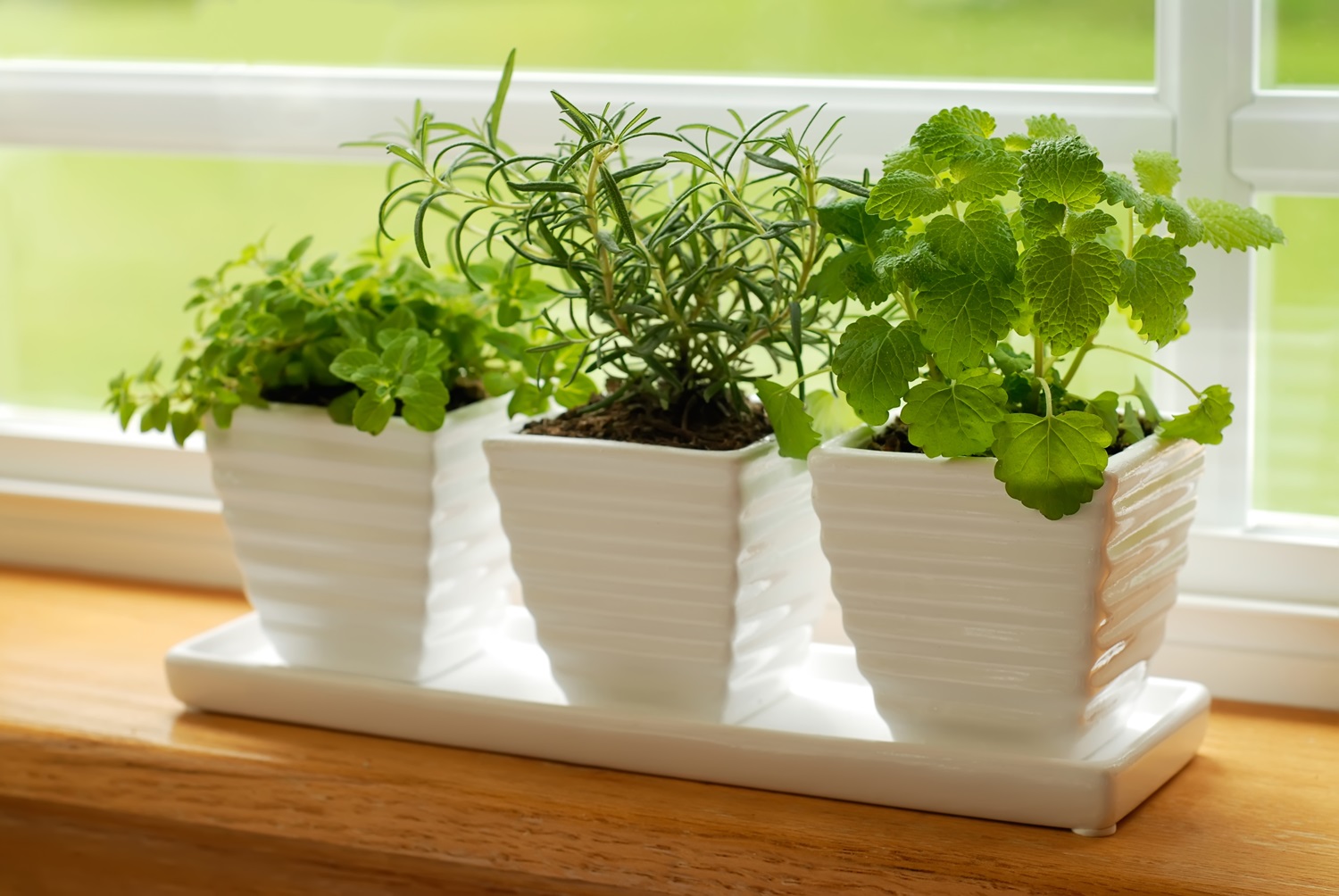
Planting basil, mint, and rosemary herbs around your home can help repel flies. These herbs emit strong scents that flies dislike. Place potted plants near windows and doors to act as a natural barrier.
11. Choose Effective Commercial Fly Repellents
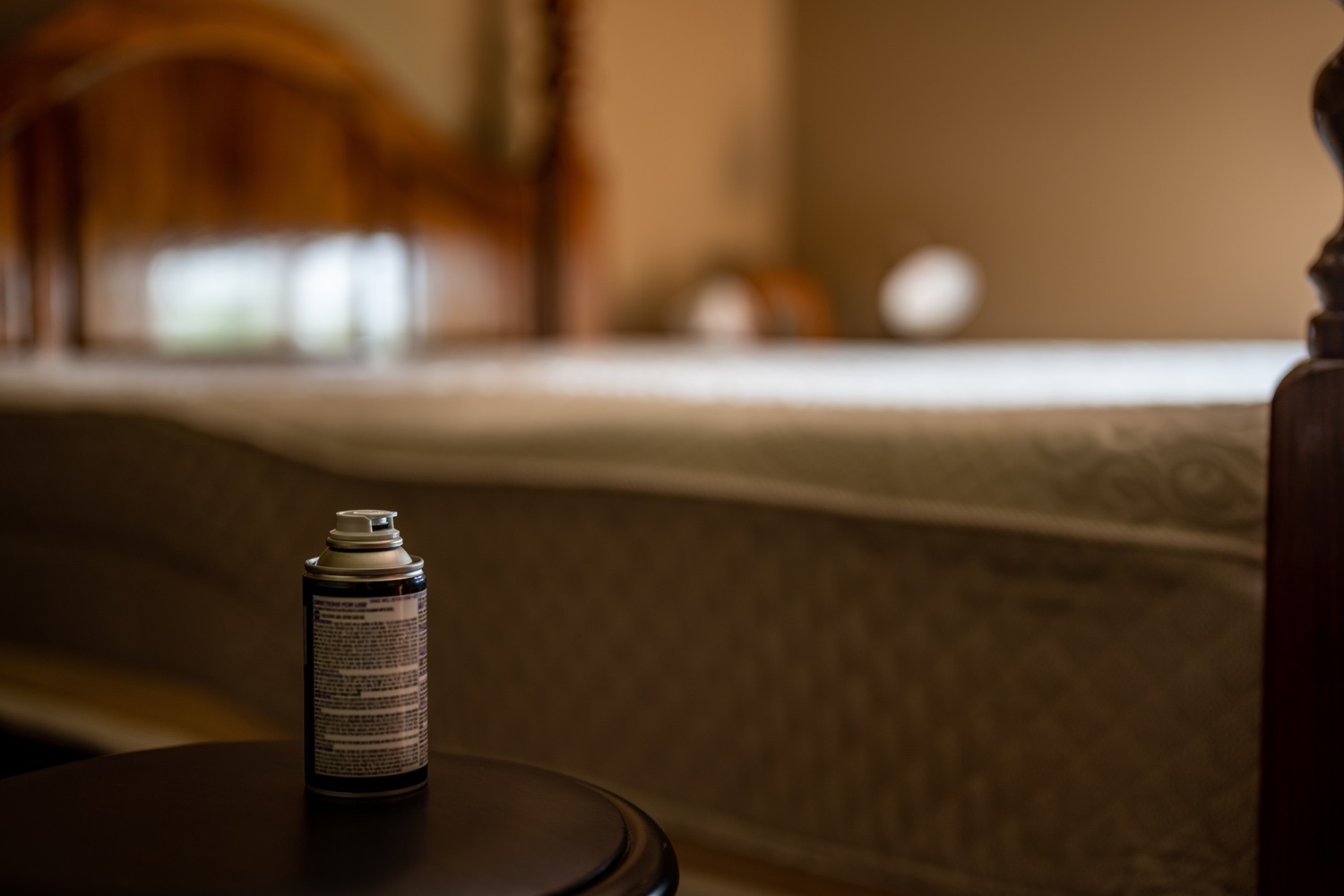
Commercial fly repellents are widely available and can be highly effective. Look for products containing pyrethrin or DEET, which are known to repel flies. Follow the manufacturer’s instructions for safe and effective use. As a bonus, these are effective against a wide array of insects. However, they might be toxic to pets, so check the fine print thoroughly before use.
12. Use Fly-Repellent Candles Outdoors
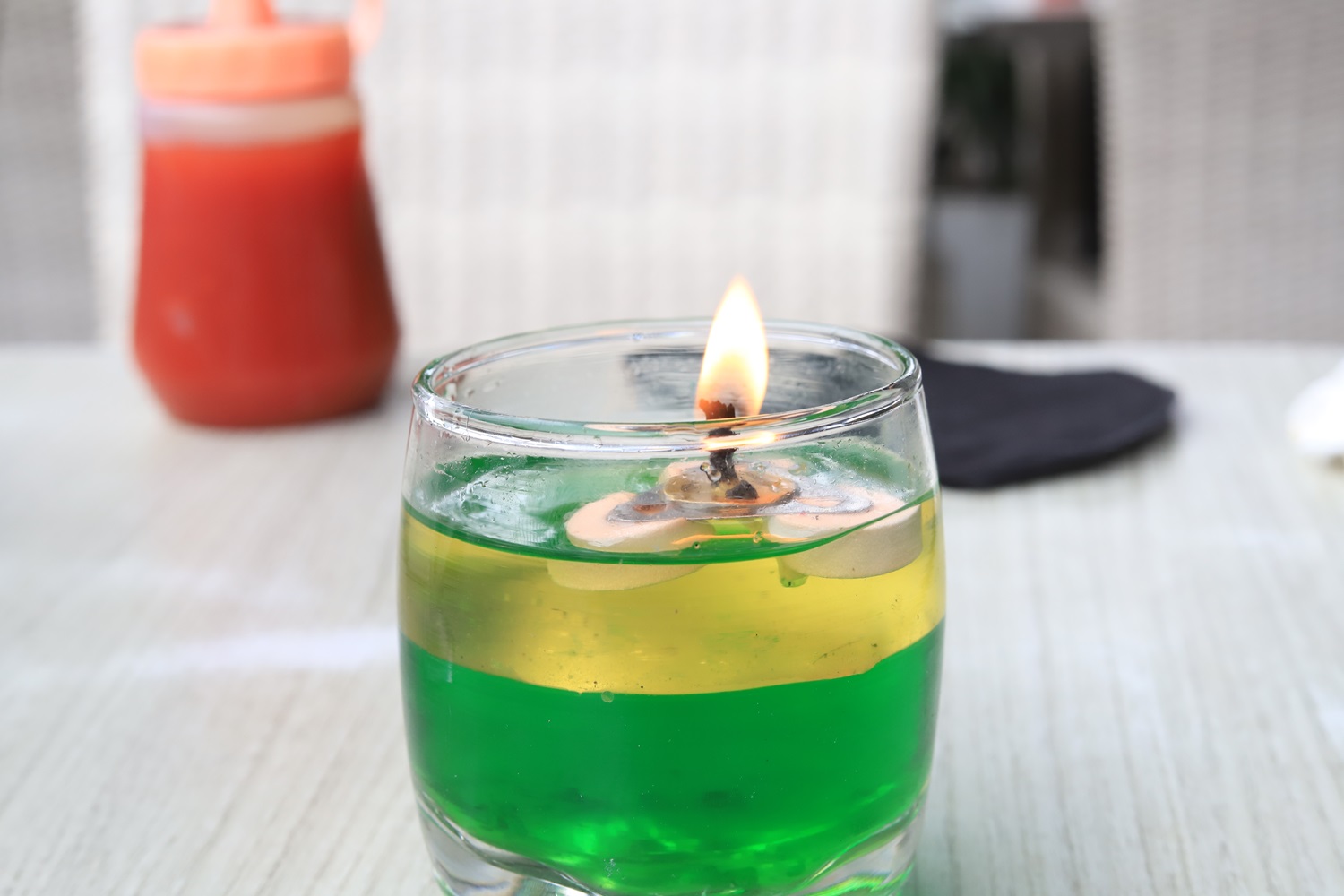
Fly-repellent candles, often made with citronella, can help keep flies away from outdoor areas. Place these candles around patios and decks to create a fly-free zone during outdoor activities. Keep in mind that these are toxic to cats and dogs.
13. Keep a Fly Swatter Handy
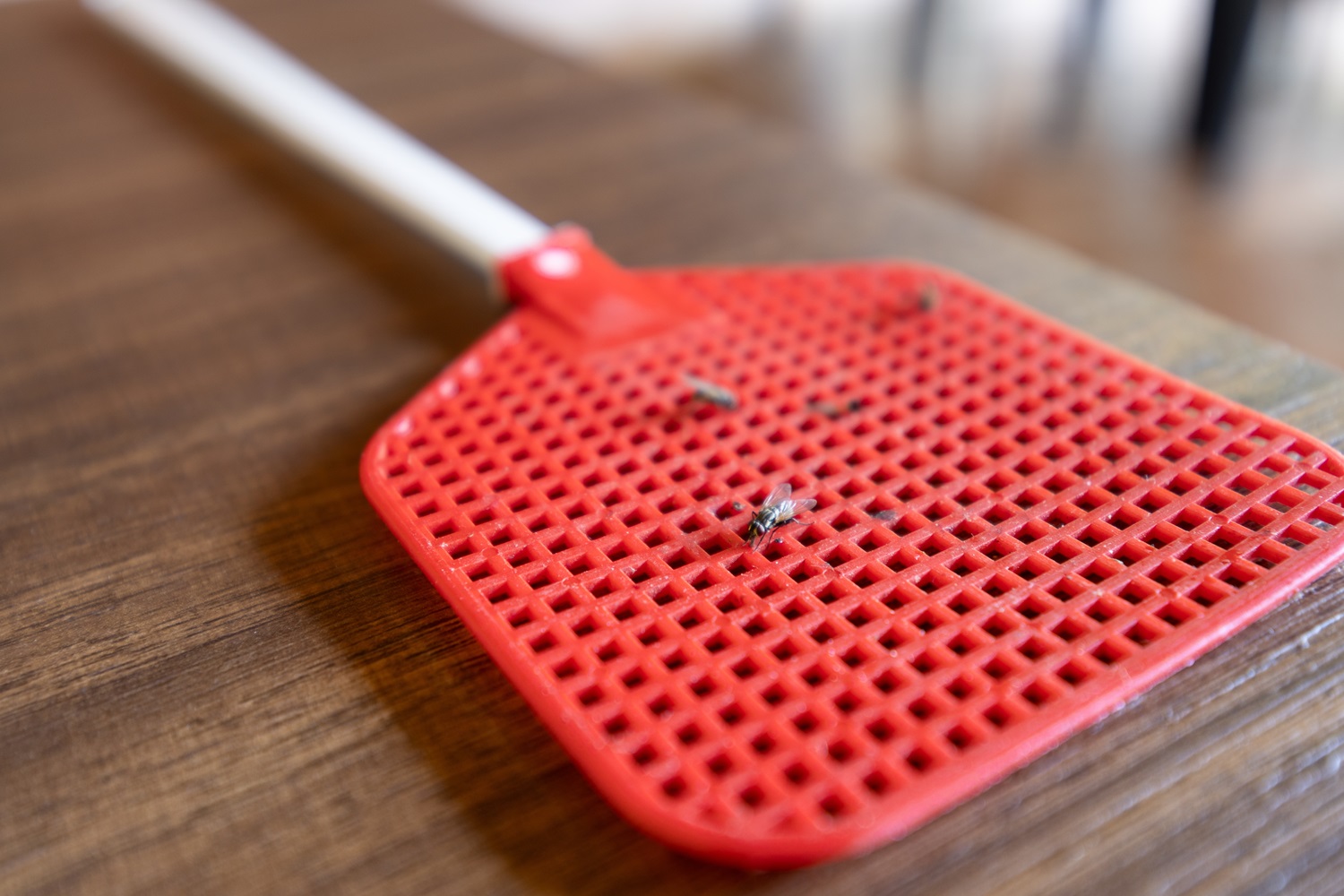
A fly swatter is a simple yet effective tool for getting rid of flies. Keep one in areas where flies are commonly seen and use it to quickly eliminate any flies that enter your home.
14. DIY Flypaper for Trapping Flies
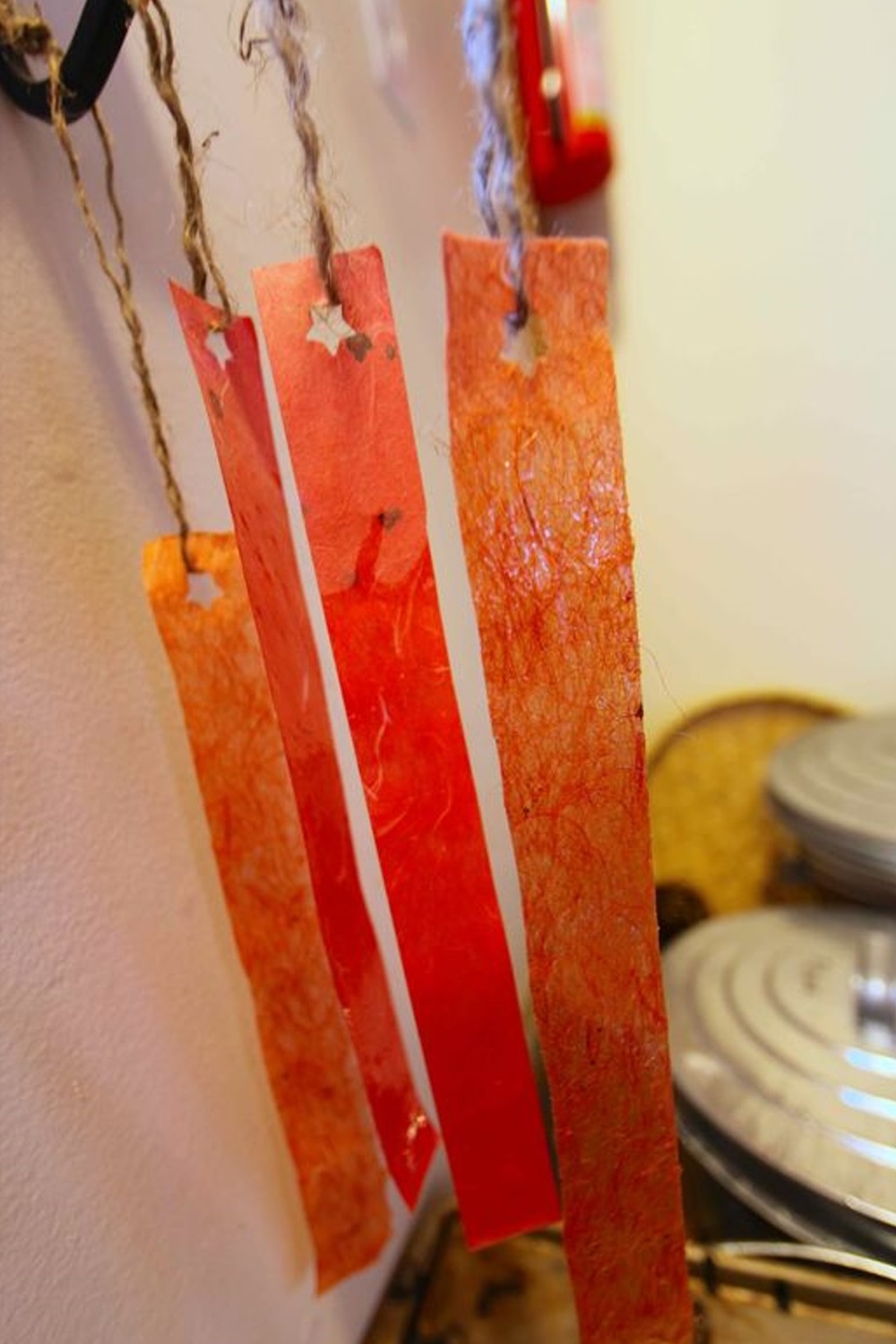
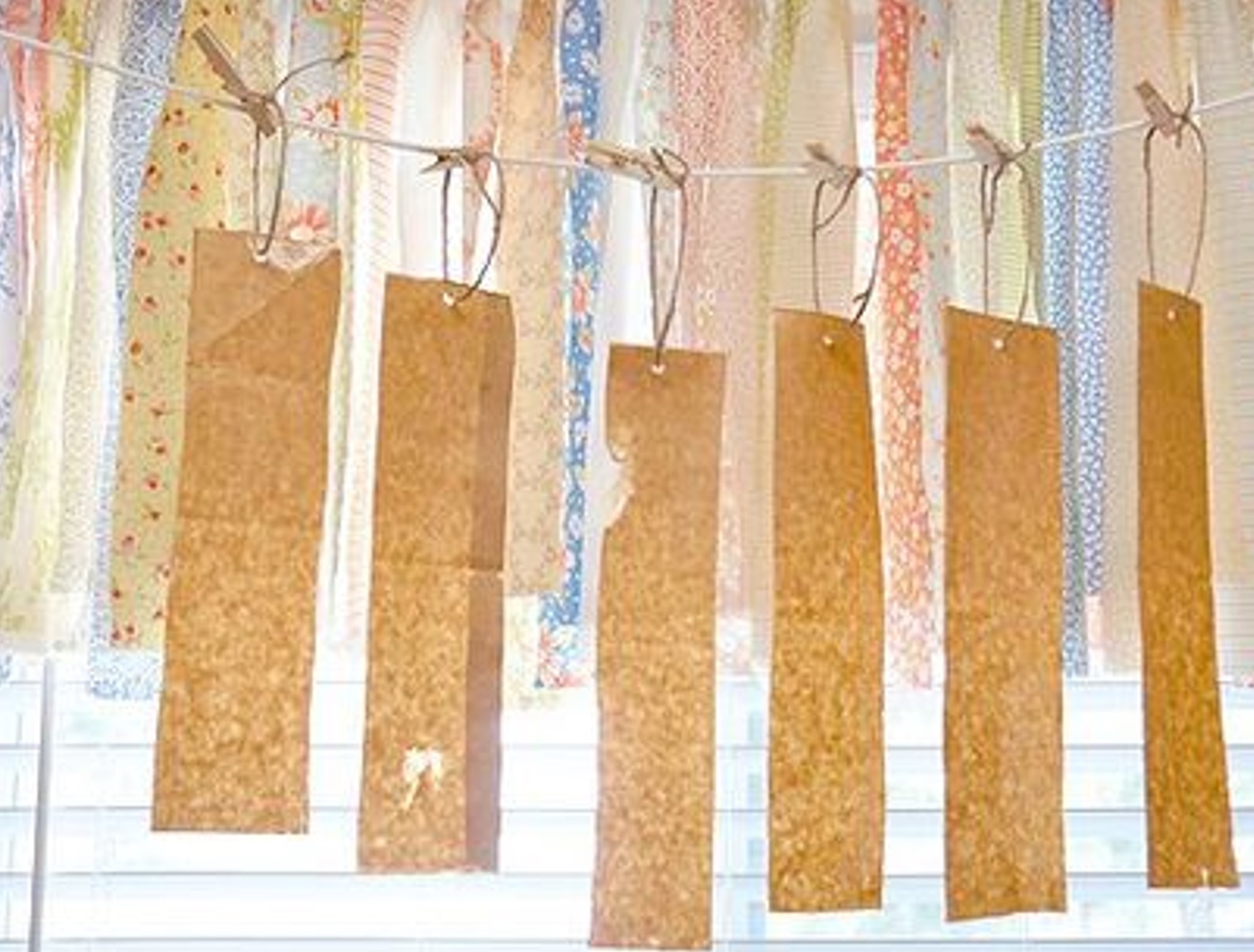
Homemade flypaper can be made using strips of paper coated with a mixture of sugar and syrup. Hang these strips in areas where flies are a problem. The sticky surface will trap flies.
15. Build a Fly Trap with a Plastic Bottle
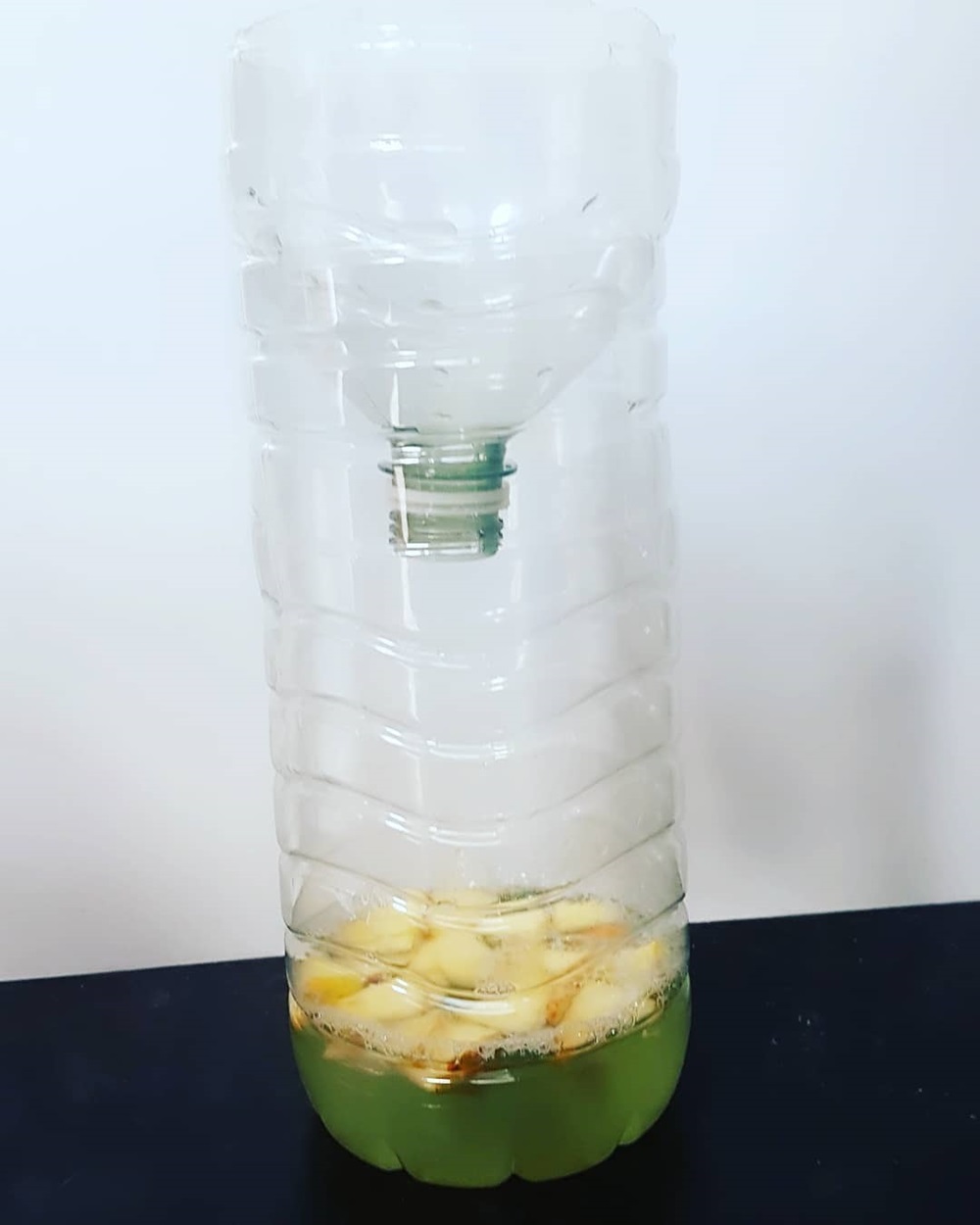
Cut a plastic bottle in half and invert the top into the bottom portion, creating a funnel. Fill the bottom with a mixture of sugar, water, and a small amount of vinegar. Flies will be attracted to the mixture and get trapped inside the bottle.
16. Use Electric Fly Zappers
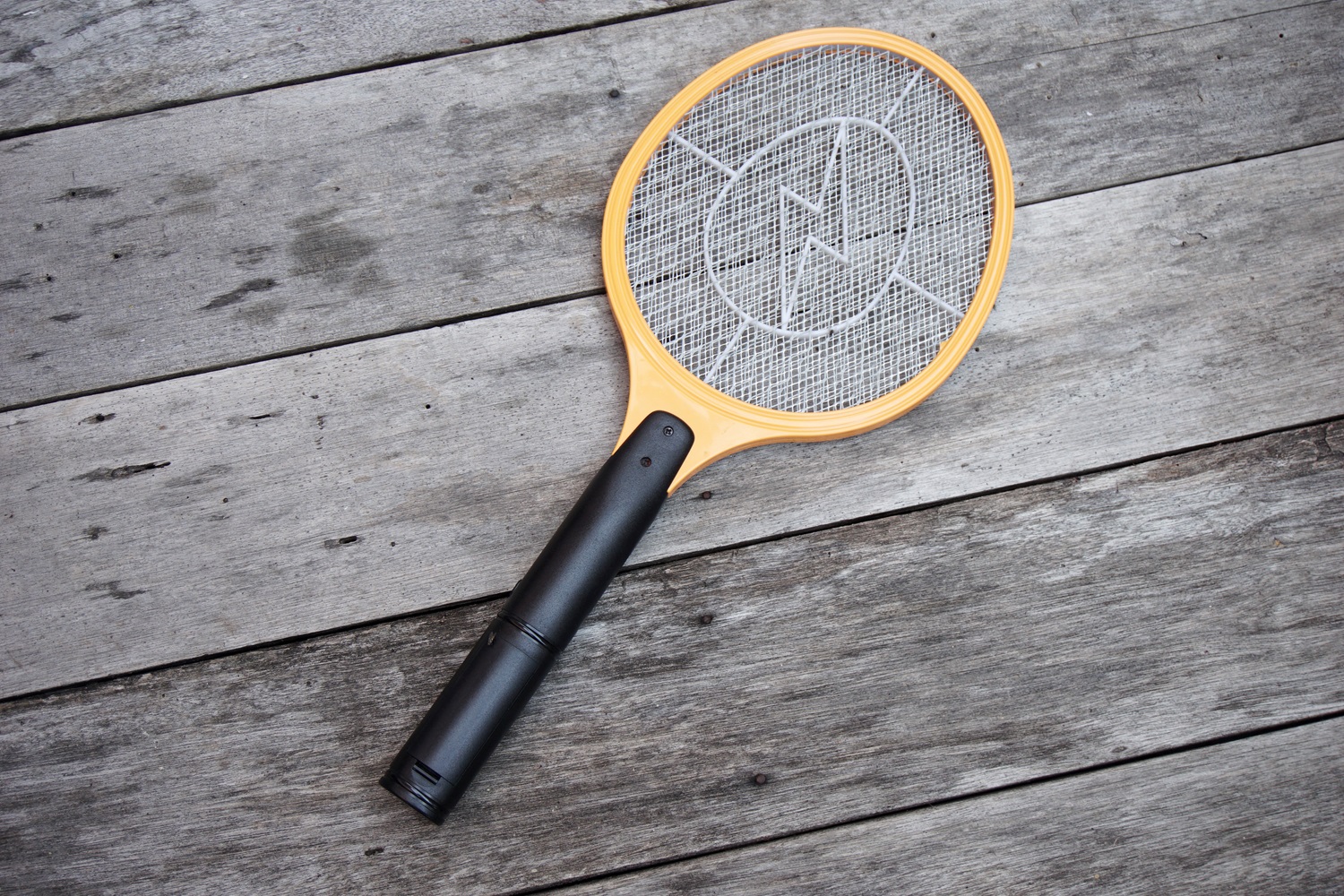
Electric fly zappers look similar to regular fly swatters but eliminate flies and other insects by electrocuting them on contact. This method is less messy, but you must be careful when handling this product. Also, you’ll need to charge it regularly.
17. Deploy Ultrasonic Pest Repellents
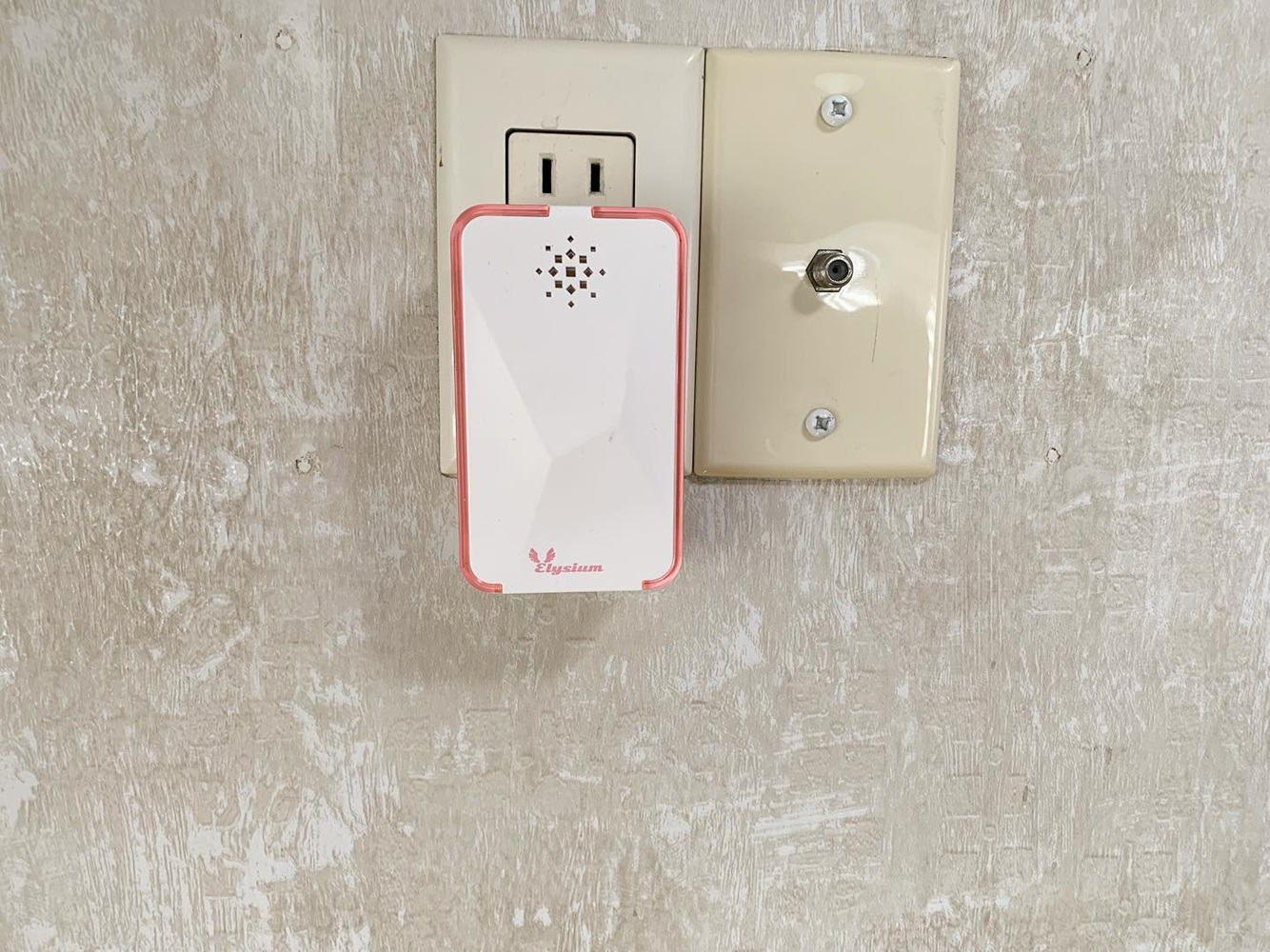
Ultrasonic pest repellents emit high-frequency sound waves that are inaudible to humans but irritating to flies and other pests. Plug these devices into outlets around your home to create an environment that flies want to avoid. Some have reported these devices messing with their hearing aid, so keep that in mind and research before purchasing any ultrasonic pest repellent.
18. Clean Drains and Sinks Regularly
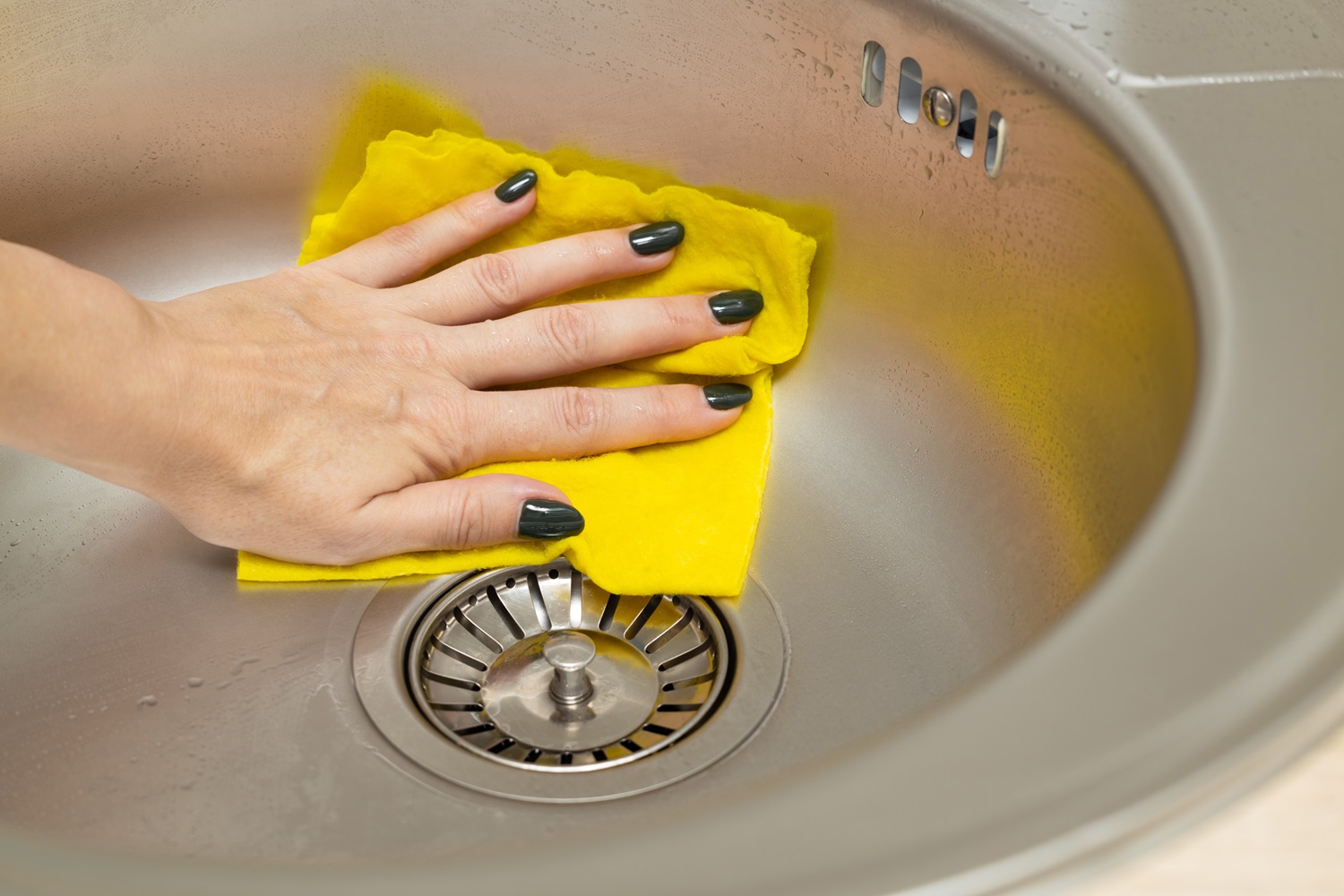
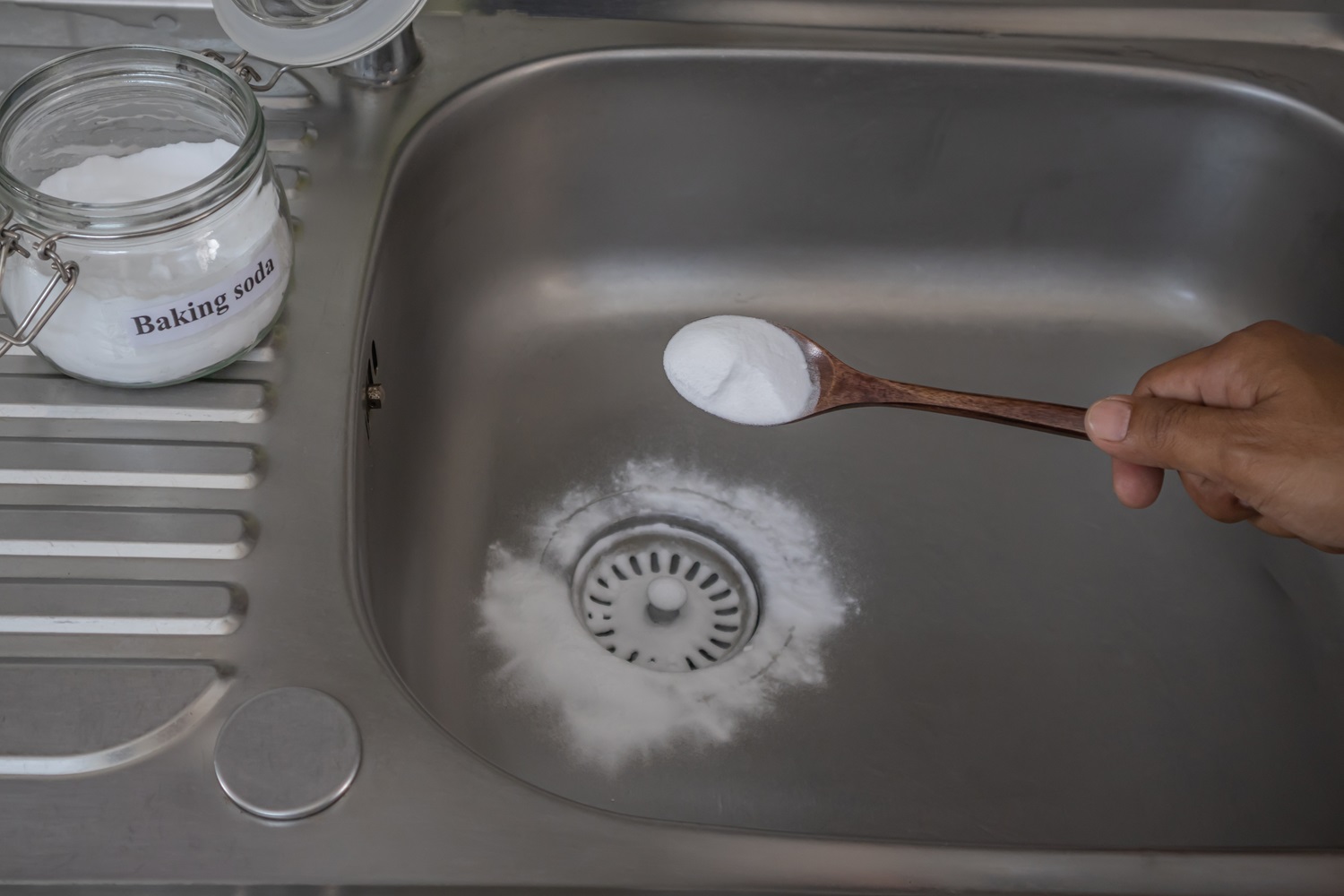
Drains and sinks can harbor food particles and organic matter that attract flies. Regularly clean and disinfect these areas to prevent flies from breeding. Pour boiling water or a mixture of baking soda and vinegar down the drains to keep them clean and fly-free.
19. Maintain Good Ventilation

Good ventilation helps reduce moisture and odors that attract flies. Use exhaust fans in kitchens and bathrooms and open windows to allow fresh air to circulate. This will create an environment less conducive to fly infestations.
